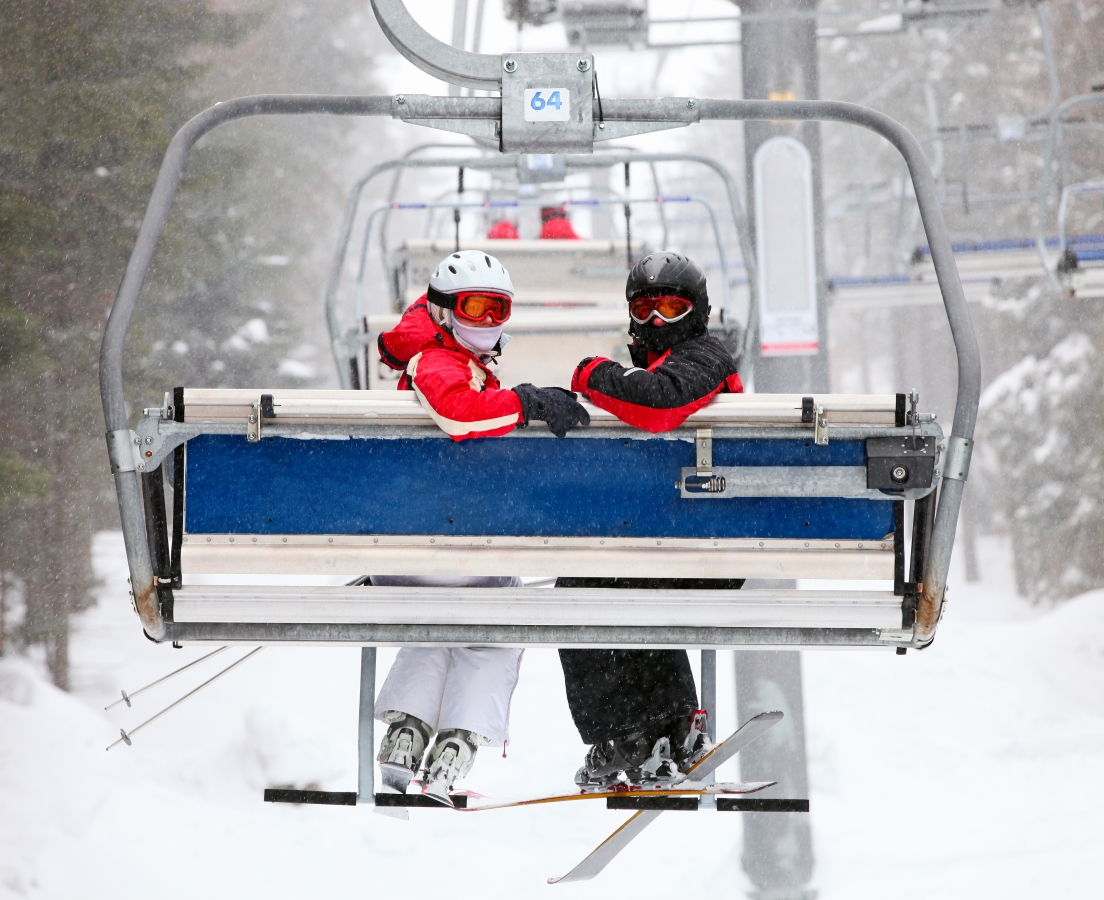
Ankle and foot winter sports injuries
Statistically, in terms of foot and ankle injury risk, it is now considerably safer to ski compared with stepping onto a football pitch. Overall, ski injury rates have come down during the past decade – according to ski-injury.com, there are just over two injuries per 1,000 ski days. A major factor, particularly for the safety of the foot and ankle, is improvement to the ski boot, which now provides far better protection than ever before.
Snowboarder’s foot injuries
However, at the London Foot and Ankle Centre, we still see several injuries which affect winter sports enthusiasts specifically. The so-called 'snowboarder’s fracture' is a rotational injury that usually impacts the front snowboard foot.
The fracture is not always visible on a normal X-ray scan and people sometimes even return home and to work, functioning fairly well, but experiencing pain. The affected area is a part of the talus bone, located above the heel, deep within the ankle and is known medically as the lateral process of talus.
If this injury is diagnosed early enough, treatment is simple and very effective, with the insertion of a small (surgical) screw to stabilise the joint. Left untreated, the injury can eventually lead to arthritic changes within the back of the foot.
Ankle injuries from ski jumping
Another injury we see occurs when a skier jumps and lands on an uneven surface, resulting in a dramatic reduction in speed, a forward jolt, and sudden contraction of muscles. This causes an injury to the muscle that runs down the outside of the lower leg and helps to rotate the ankle outwards. This is known medically as a dislocation of the peroneus longus.
Most often, this injury cannot be detected on an X-ray, but by using an ultrasound or MRI scan, a specialist can detect this injury easily. This injury can also become a chronic source of pain and weakness in the ankle joint area.
Other winter sports ankle fractures
We do still see ankle fractures – and ironically, it is quite often after the skis come off that these sorts of injuries take place. After a long morning on the slopes, when you walk to a café in your ski boots, the surface is often slippery and your feet take some time to adjust to a different movement process and surface. This is when slips and falls resulting in fractures often happen.
The importance of well-fitting ski boots in preventing injury
It’s important your ski boots fit correctly and tightly to avoid injury. I recently saw a patient who had a swollen ankle from a previous injury; he told me he had to keep his ski boots loose because it was too painful to wear them tightly. Fortunately, this did not result in further injury, but it could well have done. Loose ski boots will not offer the protection you need and potentially create a safety hazard.
If you have underlying weakness or pain in any part of your feet, you can buy specially moulded boots which accommodate the need for greater width or sensitive parts of the foot. You can also buy boots that allow air to be pumped into the boot, increasing comfort.
Essentially, if your boots are not comfortable when you tighten them, they are not the right boots for you; find alternatives which are a better, safer fit.


